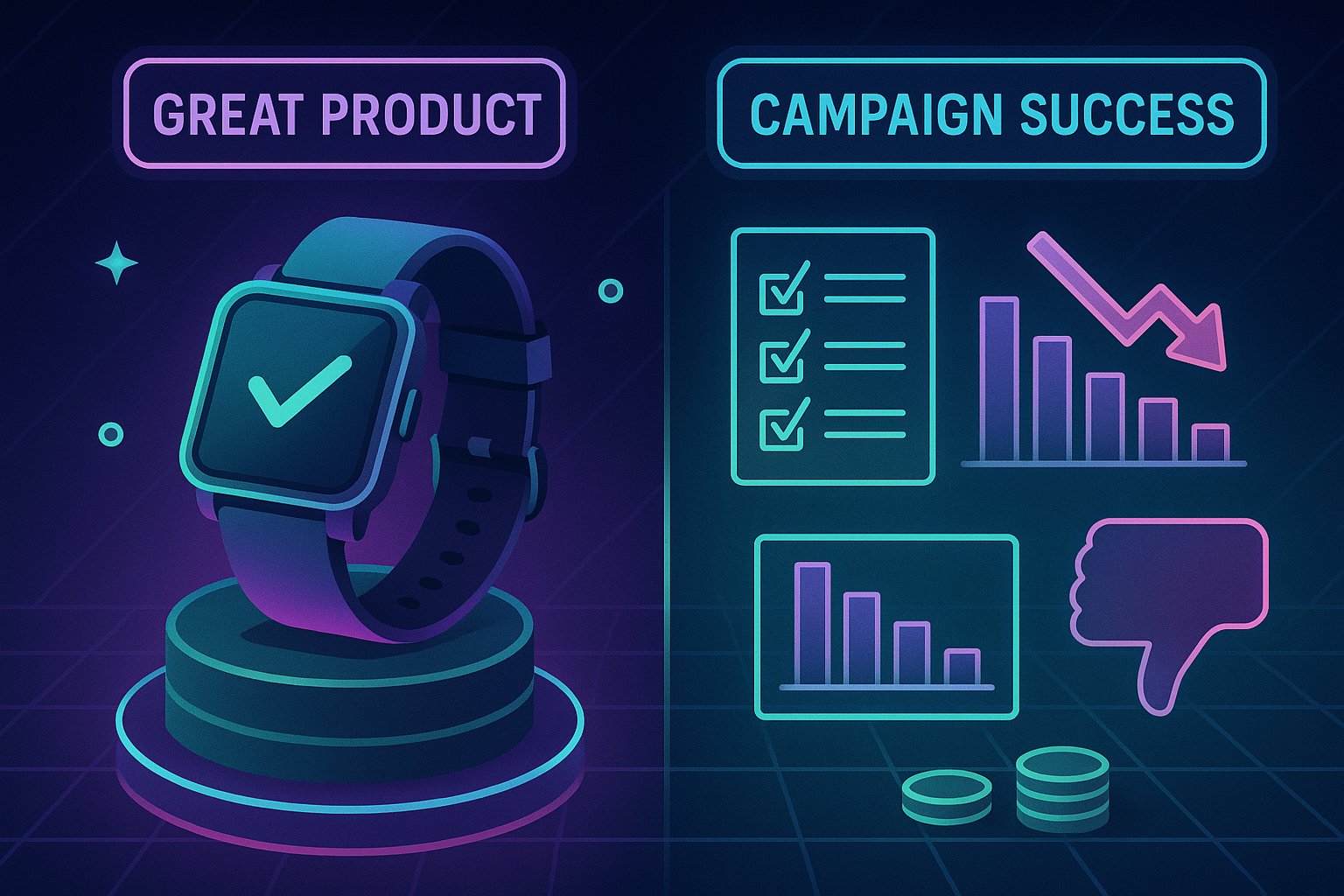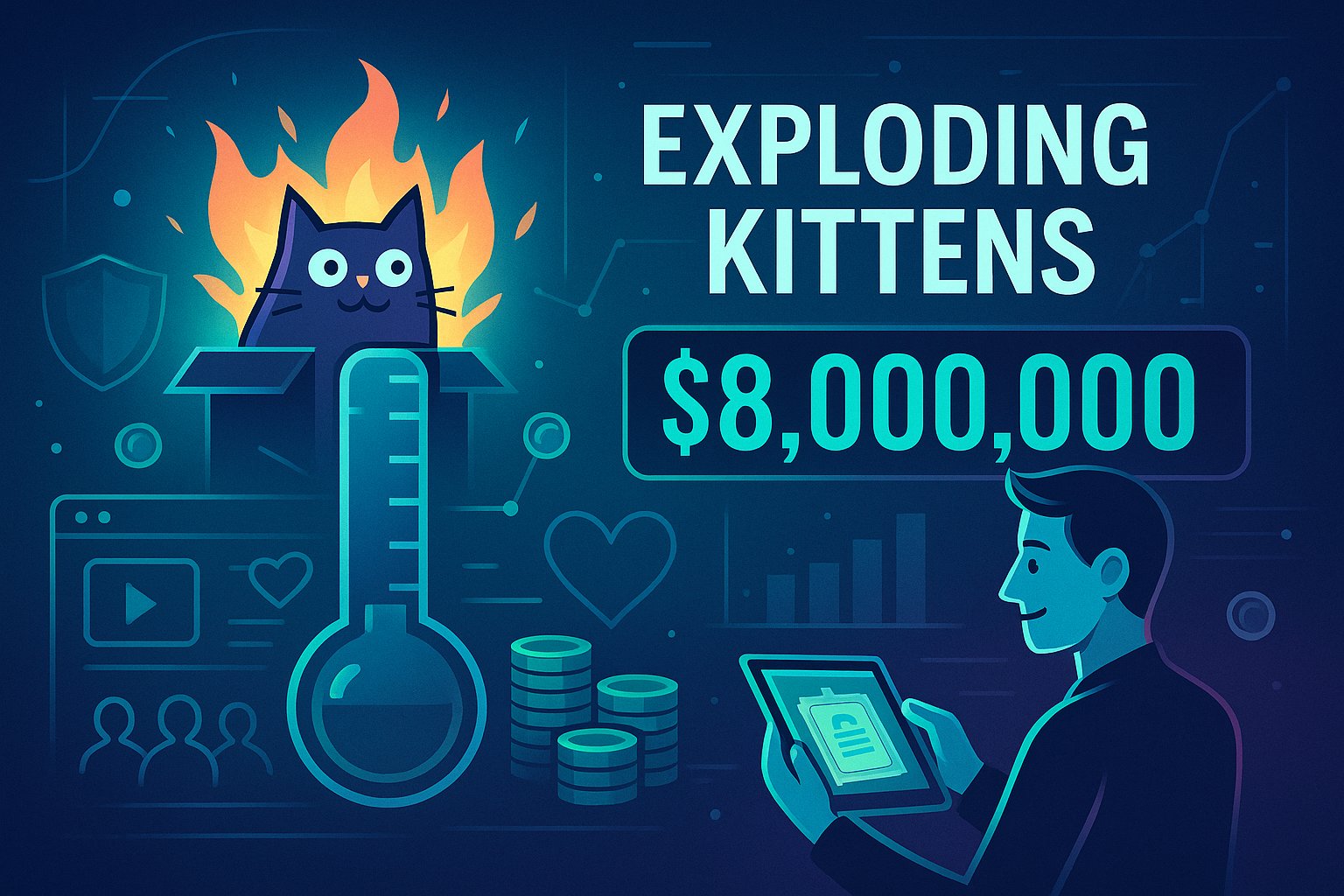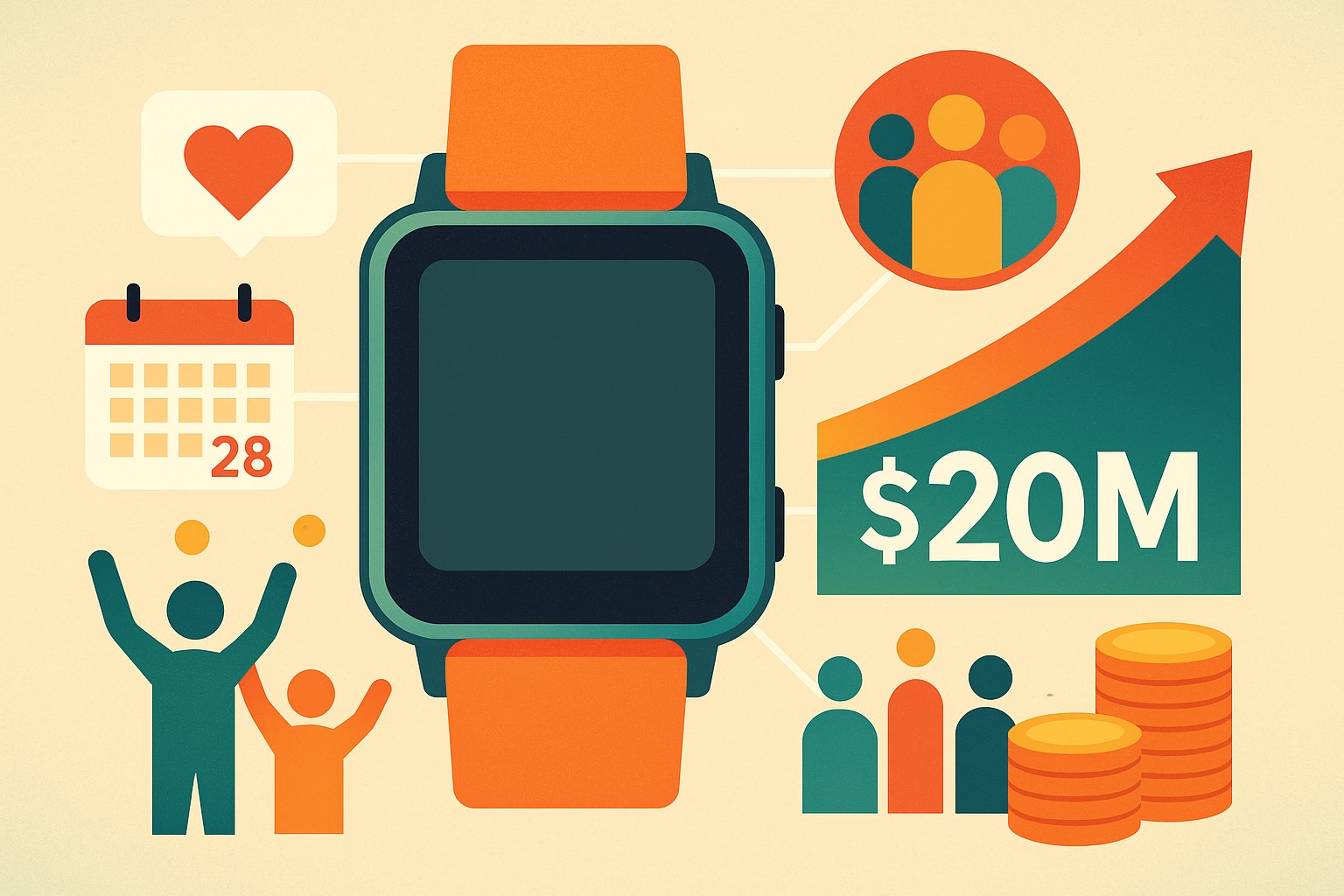Beyond the Product—The Hidden Ingredients of Crowdfunding Success
It’s often assumed that the most groundbreaking products will naturally attract the most enthusiastic backers, but reality paints a far more complex picture. In the bustling world of crowdfunding, hundreds of innovative gadgets, life-changing inventions, and heartwarming creative projects compete daily for attention and pledges. Yet even the most meticulously engineered devices or exquisitely crafted artworks can falter—and sometimes spectacularly—when their creators overlook the myriad factors that elevate a campaign from functional to phenomenal. A great product is essential, but it is merely one component in a finely tuned ecosystem. Success hinges on narrative resonance, community momentum, strategic timing, emotional connection, fulfillment credibility, and agile adaptability. Imagine a sleek solar-powered backpack with seamless wireless charging, or an elegantly designed modular furniture piece that reconfigures to any space—products that should logically sell themselves. Yet without engaging storytelling, compelling reward structures, robust marketing, and unwavering transparency, these innovations can drift into obscurity, eclipsed by campaigns that master the art of human connection. This article gets into the multifaceted reasons why exceptional products sometimes fail to secure funding and outlines practical strategies for creators to ensure their campaigns resonate as powerfully as their prototypes. From pre-launch preparation to post-campaign fulfillment, we will explore the hidden ingredients that transform a great product into a crowdfunding triumph.
The Illusion of Product-Centric Thinking
Focusing solely on product excellence can lull creators into a false sense of security. While technical innovation and superior design are vital, they do not automatically translate into consumer desire or campaign traction. Backers on platforms such as Kickstarter and Indiegogo are not just funding objects; they are investing in stories, missions, and communities. They seek authenticity, emotional resonance, and the promise of belonging to something bigger than themselves.
A product-centric mindset often leads to campaign pages overloaded with specifications, CAD renderings, and engineering diagrams. Although such details may impress engineers, they can overwhelm or bore the average visitor. Instead of sparking excitement, dense technical content may raise questions about complexity, usability, or production viability. By contrast, campaigns that weave product features into compelling narratives—explaining how the innovation solves real-world problems or enhances personal experiences—create emotional stakes that drive pledges. Ultimately, backers want to feel inspired by the vision and confident in the team’s ability to deliver, not just dazzled by the product’s specs.
The Crucial Role of Storytelling
At the heart of every successful campaign lies a captivating story. Storytelling humanizes the product, giving it context, purpose, and emotional weight. It transforms an inert object into a protagonist on a journey—overcoming obstacles, addressing unmet needs, and promising transformative outcomes. Whether it’s a founder’s personal struggle that birthed a health-tech solution or a social mission that underpins an eco-friendly gadget, narratives create empathy and align backer values with project goals.
Effective storytelling extends beyond the campaign video’s opening scene. It permeates every section of the campaign page, from the “About” narrative and team biographies to update posts and social media teasers. Visual storytelling—using high-quality photos, candid behind-the-scenes footage, and relatable illustrations—reinforces written copy, while authentic testimonials or user prototypes demonstrate real-world impact. Regularly released story-driven updates sustain momentum, turning backers into advocates eager to share the project’s unfolding saga. In this way, storytelling becomes both the glue that holds a campaign together and the fuel that propels it forward.
Building an Engaged Community Before Launch
One of the most overlooked reasons great products fail is insufficient audience building prior to launch. Successful creators understand that a crowdfunding campaign is not a standalone event but the climax of a carefully orchestrated pre-launch phase. Months before the funding window opens, they cultivate an email list, engage with niche online forums, and collaborate with influencers aligned with their project’s theme. By offering exclusive sneak peeks—prototype demos, limited-edition concept art, or beta-testing opportunities—creators can generate a sense of insider privilege and ownership among early supporters. These advocates become the first wave of backers, pledging within hours of launch and signaling social proof to the wider platform audience. Their testimonials and social shares amplify the campaign’s visibility, triggering algorithmic boosts that place the project on featured or trending lists. Without this pre-existing community, even the most innovative product can struggle to gain initial traction, leaving it invisible amid countless simultaneous campaigns.
Strategic Pre-Launch and Marketing Execution
A brilliant product requires a brilliant marketing strategy. Many creators underestimate the complexity of orchestrating paid and earned media to drive traffic to their campaign page. Reliance on the crowdfunding platform’s organic search and discovery tools alone is rarely sufficient. Instead, top campaigns deploy multi-channel marketing funnels that nurture interest, convert curiosity into action, and sustain momentum throughout the funding period.
Paid social media ads—targeted via lookalike audiences or interest-based segments—can deliver high-intent visitors to the campaign page, while retargeting campaigns re-engage those who visited but did not pledge. Simultaneously, earned media outreach—press releases timed with campaign milestones, guest articles in relevant blogs, and partnerships with podcasts—broadens reach to audiences predisposed to the campaign’s niche. Affiliate programs with influencers, who receive unique tracking links and special reward tiers, yield authentic reviews and unboxing videos. By coordinating these efforts around launch, mid-campaign boosts, and final countdown promotions, creators can ensure a steady drumbeat of qualified traffic that underpins funding success.
The Art of Reward Structuring
Reward tiers represent both motivation and logistical complexity in crowdfunding. Too few tiers, and creators may alienate potential backers whose budgets fall outside narrow price points; too many, and confusion reigns, leading to decision paralysis. Optimal reward structuring strikes a balance, offering entry-level pledges just below psychologically appealing milestones—such as $29 or $49—mid-range tiers that bundle the core product with valuable add-ons, and premium bundles featuring exclusive experiences or limited-edition items.
Reward efficacy also depends on clear communication of shipping costs and delivery timelines. Hidden fees at checkout can derail pledges, while vague delivery estimates breed frustration. Top campaigns provide transparent, region-based shipping tables and conservative production schedules that account for manufacturing lead times, quality control, and customs clearance. Early-bird specials with limited availability create urgency, while backer-inspired stretch goals—previewed with realistic mock-ups—encourage social sharing. By meticulously crafting reward structures that align value perception with practical feasibility, creators turn pledges into reliable revenue and backers into satisfied advocates.
Transparency and Trust: Non-Negotiable Pillars
Trust is the currency of crowdfunding. Backers invest not only in products but in people. Campaigns that promise lofty features without acknowledging potential challenges risk losing credibility when obstacles inevitably arise. Conversely, campaigns that embrace radical transparency—sharing manufacturing setbacks, supply-chain hiccups, or revised timelines—tend to retain backer support and goodwill. Regular, detailed updates—ideally weekly—keep backers informed of progress through photos, videos, and concise progress reports. When setbacks occur, framing them as part of the collaborative journey and outlining corrective measures reassures backers that the project remains on course. Hosting live Q&A sessions on the campaign platform or social media channels enables direct dialogue, quelling rumors and strengthening connections. Additionally, featuring team member spotlights and third-party endorsements—such as manufacturer certifications or prototype testing results—further cements confidence. In this way, transparency and trust become intertwined, creating a feedback loop that sustains backer enthusiasm from pledge to product delivery.
Effective Budgeting and Fulfillment Planning
A common downfall of crowdfunding campaigns, even those with exceptional products, is flawed financial planning. Underestimating manufacturing costs, shipping fees, or platform commissions can leave creators scrambling for additional funds or forced to deliver substandard products. Equally detrimental is neglecting fulfillment planning, resulting in late shipments, incomplete orders, or unexpected backer service demands. Successful creators partner with experienced fulfillment centers and negotiate manufacturing quotes that include built-in contingencies for part substitutions and quality-control rework. They develop clear fulfillment roadmaps—defining milestones for prototype sign-off, production ramp-up, and regional distribution—to ensure on-time delivery. Pre-launch budget models are stress-tested against worst-case scenarios, and platforms such as BackerKit or CrowdOx are integrated for streamlined pledge management and address collection. By fusing accurate budgeting with robust fulfillment partnerships, campaigns maintain financial integrity and deliver on promises, transforming backers into enthusiastic repeat supporters.
Adapting and Pivoting: Embracing Agility
Even the best-laid plans must accommodate change. Market dynamics shift, supplier availability fluctuates, and backer feedback may highlight unforeseen preferences. Campaigns that rigidly cling to original roadmaps risk failure, while those that embrace pivoting—iterating on product features, adjusting reward structures, or refining marketing messages—demonstrate resilience and responsiveness. Pivoting requires vigilant monitoring of both quantitative metrics—pledge patterns, click-through rates, social media mentions—and qualitative insights from backer comments and direct inquiries. When a particular feature fails to resonate, creators can reallocate stretch goals or update prototypes to align with backer demand. Marketing creatives—from ad visuals to email subject lines—can be A/B tested mid-campaign to optimize conversion. By institutionalizing feedback loops and maintaining a culture of continuous improvement, campaigns stay adaptive, turning potential stumbling blocks into opportunities for deeper backer co-creation and enhanced product-market fit.
Beyond the Product: Cultivating a Holistic Ecosystem
While a great product forms the campaign’s nucleus, long-term success often depends on creating an ecosystem that extends beyond the initial pledge. Post-campaign backers who feel valued and engaged become brand evangelists, driving organic growth and repeat sales. Campaigns that envision a broader roadmap—such as post-launch software updates, expansion modules, community forums, or complementary accessories—maintain momentum and deepen customer relationships.
Cultivating this ecosystem begins before launch, by highlighting the project’s potential evolution and inviting backers to shape its trajectory. Regularly scheduled “roadmap reveal” updates, community polls on new features, and early-access beta programs for consecutive product iterations foster a sense of shared ownership. Cross-promotional partnerships with complementary brands and platforms expand visibility, while offline activations—such as pop-up demo events or maker fairs—bring the campaign to life in real-world settings. By viewing crowdfunding as the inaugural chapter in a sustained journey rather than a one-off event, creators build enduring communities that support product launches, refinements, and brand extensions for years to come.
Elevating Your Campaign Beyond the Prototype
A remarkable product is the spark that ignites a crowdfunding campaign, but it is the carefully orchestrated confluence of storytelling, community engagement, strategic marketing, transparent communication, and agile fulfillment that fans the flames into a sustained blaze. By recognizing why great products sometimes falter—underestimating pre-launch preparation, neglecting narrative resonance, miscalculating budgets, or under-communicating progress—creators can implement targeted strategies to eliminate these vulnerabilities. As you embark on your next crowdfunding journey, remember that success demands a holistic approach: build an emotionally compelling story around your product, cultivate a vibrant community well before launch, orchestrate coordinated marketing across paid and earned channels, and bake transparency into every update. Structure rewards that balance value and logistical feasibility, plan fulfillment with contingency buffers, and embrace the flexibility to pivot based on real-time feedback. Above all, view your campaign not as a singular sprint but as the starting block in an ongoing marathon—one that transforms backers into collaborators and props up your vision with shared passion. By integrating these principles, you can transcend the illusion that a great product alone guarantees success and instead craft a crowdfunding campaign that outperforms its promise and beats the odds.




